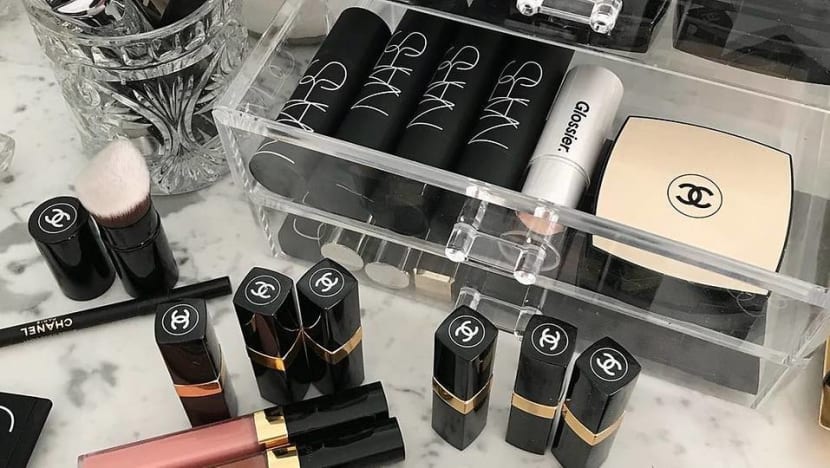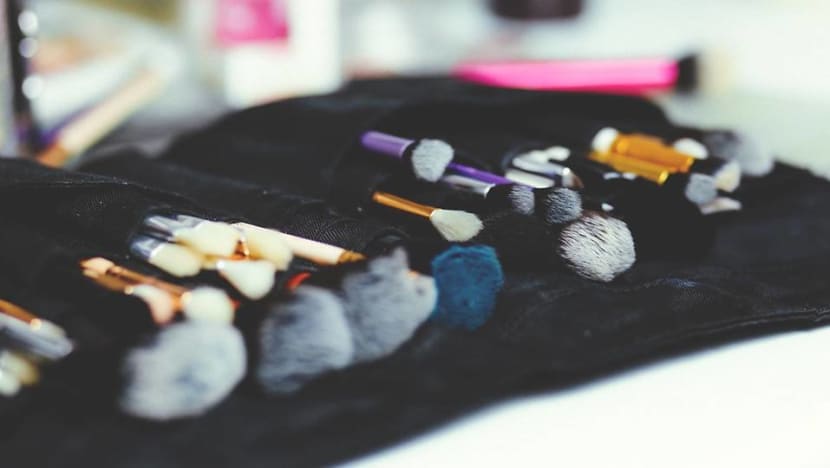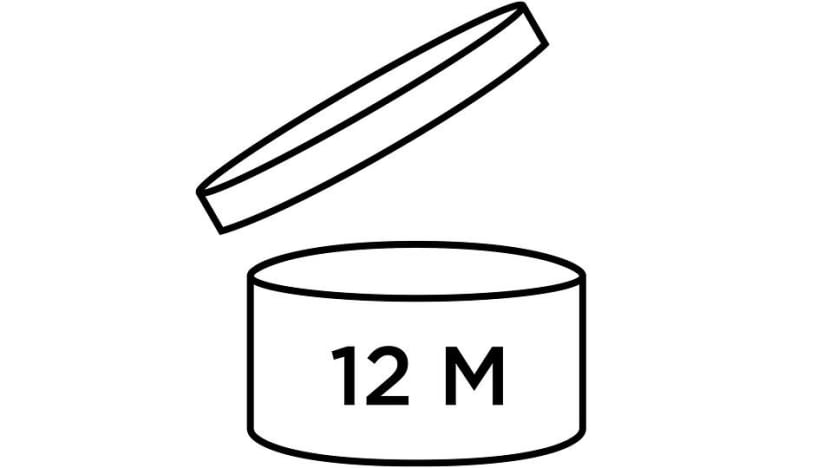Decluttering tips: How to spring-clean your makeup collection
Sort out your beauty drawers with this simple guide to smart and effective cleaning.

Every year, somewhere around January or February, I embark on a spring-cleaning mission. I chant “out with the old and in with the new” as I KonMari my clothes and trinkets from eons ago.
Decluttering can be therapeutic but I always seem to hit a road block when it comes to makeup items. The eternal question: Which ones to let go and which ones to keep?
But, before you tackle that conundrum, the first step of the process should be to clean your makeup brushes.

You should be washing your makeup tools more often, really — in fact, at least once a week to prevent breakout-causing product and bacteria build-up.
Makeup artist and YSL global beauty director Tom Pecheux likes to use an organic soap, such as Savon De Marseille Olive Oil Soap, to wash his brushes after every use. His technique: Rubbing the brushes directly onto the bar of soap and then rinsing them out with water.
I use the same technique for my Beautyblender. The makeup sponge needs more care than regular brushes and should be washed after each use. To remove stubborn marks, I’d rinse the sponge in some Bioderma Hydrabio Micellar Water – it usually gets every trace of makeup out.
Celebrity makeup artist Larry Yeo, who has tried many cleansers over the years, has found the perfect cleanser for brushes in something unusual. “For brushes with natural hair, I use Tsubaki Extra Moist Shampoo (which can be found at Watsons). This cleanses the bristles without damaging the 'body' of the brush.”
For synthetic-bristle and lip brushes, Larry recommends using the Make Up For Ever Instant Brush Cleanser first to remove any wax, silicone or colour build-up, followed by the Senka Perfect Whip Face Wash.
Then, leave your tools to dry like makeup artist to the stars, Hung Vanngo, does. He uses tissues to soak up most of the water from the brushes, then he’ll lay them flat on top of a paper tower to dry. This helps keep the bristles in shape too.
Once you’ve done all your brushes and laid them out to dry, it’s time to pull out a bin and get ready to toss all your expired makeup. Yes, even those you’ve hardly used. Once opened, products can trap bacteria, which means they can cause breakouts, skin irritation and even eye infections.

Most cosmetic products have a period-after-opening (PAO) symbol. It indicates the shelf life of a product after it has been opened. Look out for the symbol on the back of your products — it looks like a drawing of an open jar, on which there are numbers. The letter ‘M’ stands for months. So if it says ‘12M’, it means you should be tossing it out a year after you open it.
Skincare and cosmetics have expiration dates and more importantly, the period-after-opening dates that tell you when you should stop using a product once you’ve opened it.
If you can’t find the PAO symbol, here are some guidelines on the general lifespan of each makeup product, as well as the telltale signs of expired products to look out for.
Foundation: One year
Oil-based foundations last longer than water-based ones but if the consistency changes or the formula separates and applies streakily, it’s time to let it go.
Blusher: 18 months
Powders last the longest but if waxy residue starts to form, beware.
Mascara: Three months
If the formula starts getting clumpy or smells funny, it’s gone bad.
Eyeliner: One year
Gel pots go the quickest — in two months, liquids — four, and pencils, which are constantly sharpened, can last up to a year.
Lipstick: One year
Beads of moisture on the surface, a foul smell or a crumbly texture are all telltale signs it's gone bad.












